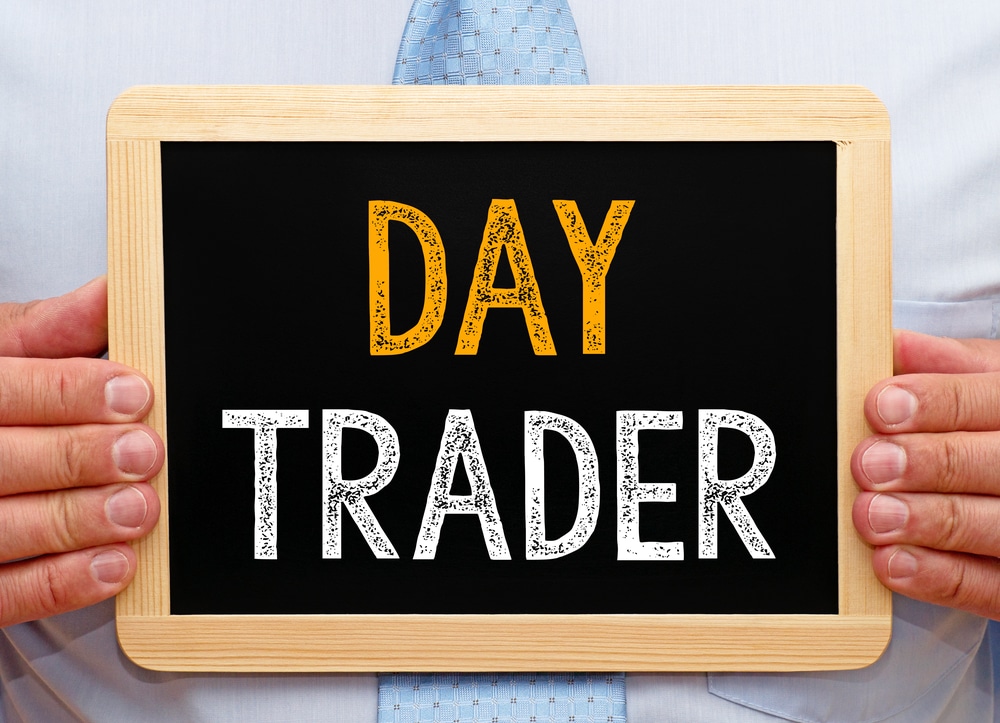
What is day trading?
As a day trader, you are your boss. You can operate from your office or home, or even on the go, thanks to advances in mobile technology.
However, day trading is not for everyone, and there are a few things to keep in mind before you start trading financial markets, be it commodities, forex or indices. This guide discusses day trading techniques with examples and some key things to remember for beginners.
The day trader and its rise in popularity
The idea of day trading has grown in popularity in recent years. Technology has played an essential role in this, thanks to fast broadband and mobile connections we have a large amount of real-time market information readily available. This has led to many more people reaching the markets through intraday trading, in other words, trading throughout the day to try to take advantage of volatility as market prices rise and fall.
So what strategies can you use? Should we keep it simple, or use something a little more complicated?
Intraday trading strategies
Day trading is a common short-term trading strategy that involves buying and selling financial instruments to close positions at the end of the day to benefit from small price movements.
Day trading strategies can differ from long-term trading strategies. They focus more on profiting from short-term movements in the market than actions throughout several days or weeks. Intraday traders need to be continually on the lookout and even more constant monitoring of their trades, as markets can flick in the short term. Day traders should do technical analysis to quickly study trading charts and patterns, rather than fundamental analysis, which requires much more time and patience and is not suitable for such a volatile trading method.
Technical analysis
Many intraday traders use technical analysis and charts and recommend a “clean” approach to their trading strategy. They prefer not to load their charts with many different indicators to predict the direction of the price. Instead, they will focus solely on price; This is often called “price action trading.” By operating this way, you still have some key benchmarks based on what has happened before, to help you plan for future operations.
For a day trader, the previous day’s highs and lows are essential levels to take into account when planning a strategy for that day. This is quite logical: yesterday’s high marked the point at which sentiment changed and sellers returned to the market, pushing the price lower. Therefore, the market consensus was that the price was too high. And of course, the day before, when buyers regained confidence feeling that the market was undervalued, they bought. These levels could be important if they repeat and can be the foundation of a daily trading strategy.
The best strategy
No strategy always works, but even a simple daily trading strategy can help a trader identify lower-risk, high-return trades at essential points throughout the day. Besides, some traders would also use failure of one trade as an opportunity to place another one. If the level breaks, it can indicate that a new trend starts, presenting another opportunity to trade and try to make a profit.
There are some intraday trading signals, either automated on the net or through a human being on a paid platform. They exist worldwide, and these signals are intended to notify you when there is a timely moment to enter a position, the most popular being in the forex market. For example, forex day trading can result in a large profit for a day trader if a few currency pairs are going up in the financial market.



